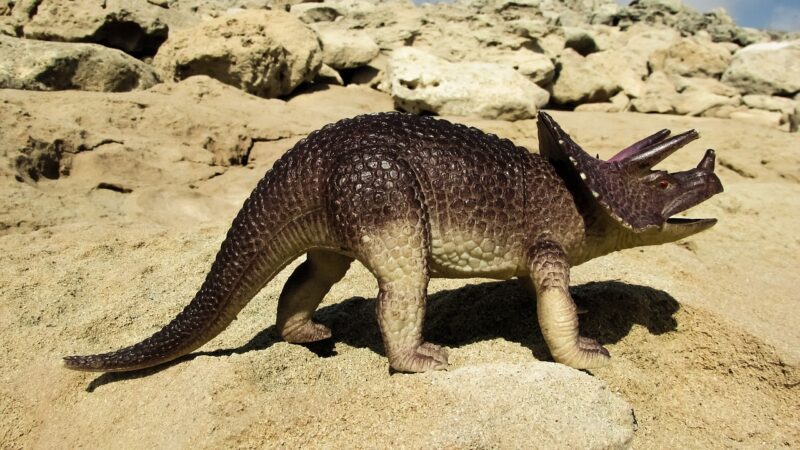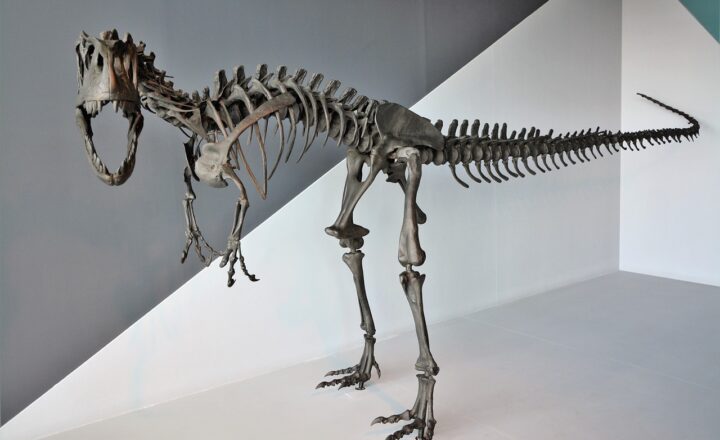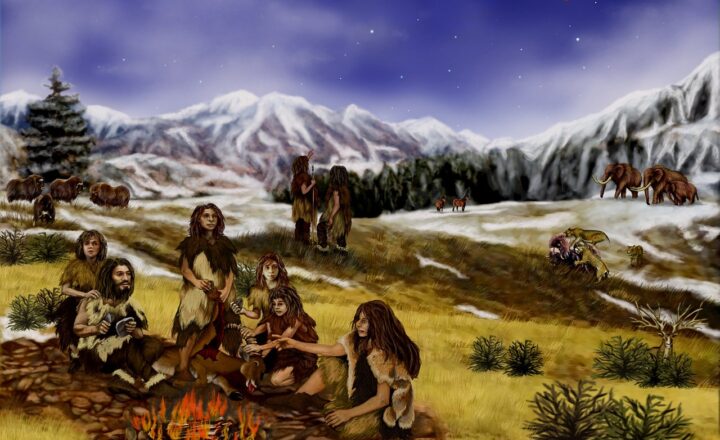What Really Happened to the Dinosaurs? A Look at Theories on Their Extinction
November 14, 2024

The history of our planet is punctuated by dramatic events that have shaped life as we know it. One of the most captivating mysteries of paleontology is the extinction of the non-avian dinosaurs at the end of the Cretaceous period, approximately 66 million years ago. This event remains not only a subject of scientific inquiry but also a source of fascination for the general public. In this article, we’ll delve into the various theories surrounding the demise of the dinosaurs, exploring the evidence supporting them and their implications for our understanding of extinction.
1. The Context of Dinosaur Extinction
The era of the dinosaurs spanned about 180 million years, showcasing an astounding diversity of species. However, the end of the Cretaceous marked a catastrophic change, leading to the extinction of about 75% of Earth’s species, including all non-avian dinosaurs. Understanding why this occurred requires contextualizing the environmental conditions of that time.
Geological evidence suggests considerable volcanic activity during the last stages of the Cretaceous, particularly in what is now India, where the Deccan Traps were formed. These massive volcanic eruptions are believed to have released vast amounts of ash and gases, impacting the climate and ecosystem. Additionally, the temperature of the Earth underwent significant fluctuations, posing challenges to survival for many species.
2. The Asteroid Impact Theory
The most well-known and widely accepted theory regarding dinosaur extinction is the asteroid impact hypothesis. This theory suggests that a 10-kilometer-wide asteroid struck the Earth near present-day Chicxulub in Mexico, creating a massive crater and unleashing destructive forces.
- Evidence Supporting the Theory: The primary evidence for this theory is the layer of iridium-rich clay found in sediment layers at the K-T boundary (Cretaceous-Paleogene boundary). Iridium is rare on Earth but common in asteroids, supporting the idea of an extraterrestrial impact.
- Destructive Consequences: The impact would have triggered massive fires, tsunamis, and a “nuclear winter” effect, blocking sunlight and significantly disrupting the food chain. This sudden change in climate and ecology would have been catastrophic for both herbivores and, subsequently, the carnivores that fed on them.
While the asteroid theory holds much credence, it does not account for the slower, longer-term changes occurring in the Earth’s environments that could have contributed to the extinction event.
3. The Volcanic Activity Hypothesis
In conjunction with the asteroid impact theory, volcanism may have played a crucial role in the extinction of the dinosaurs. The Deccan Traps experienced extensive lava flows during the late Cretaceous, indicating significant volcanic activity.
- Climate Change: The propositions suggest that the gases emitted, primarily ash and sulfur dioxide, altered the Earth’s climate, leading to global cooling, acid rain, and an inhospitable environment for many species.
- Habitat Destruction: The changes in climate and environment would have led to significant habitat loss, severely affecting the food supply for herbivorous dinosaurs and, therefore, the carnivorous species that relied on them for sustenance.
The interaction between the asteroid impact and volcanic activity may have compounded the catastrophic effects leading to the mass extinction.
4. Other Extinction Theories
While the asteroid impact and volcanic activity remain the leading hypotheses, several other theories have emerged over the years that provide additional insight into the extinction event:
- Sea Level Changes: Some scientists hypothesize that significant fluctuations in sea levels during the late Cretaceous period could have led to habitat loss for many marine and terrestrial species, contributing to the overall decline in biodiversity.
- A Combination of Factors: An emerging perspective suggests that multiple factors—asteroid impact, volcanic activity, climate change, and habitat loss—interplayed significantly during the period, exacerbating the harsh conditions for the dinosaurs and other species, leading to extinction.
The complexity of these theories illustrates the interconnectedness of geological, atmospheric, and biological systems and emphasizes how multiple stressors can lead to mass extinction events.
5. The Aftermath: Ecosystem Changes and Recovery
In the wake of the extinction event, Earth underwent significant transformations. The disappearance of the dinosaurs allowed for the emergence of mammals, paving the way for human evolution millions of years later.
- Ecosystem Evolution: The void left by the dinosaurs’ extinction opened up ecological niches that other organisms could exploit. This led to the diversification of mammals, avian dinosaurs (birds), and ultimately the rise of modern ecosystems.
- Lessons for Modern Extinction: The study of dinosaur extinction is not just a tale of the past. Understanding how Earth’s ecosystems respond to catastrophic events can provide invaluable insights into the current biodiversity crisis driven by human activity and climate change.
A renewed understanding of extinction can inform conservation strategies and highlight the importance of preserving biodiversity in our rapidly changing world.
Conclusion
The question of what really happened to the dinosaurs fascinates scientists and enthusiasts alike, and ongoing research continues to unveil clues about their extinction. While the asteroid impact theory dominates, the multifactorial nature of extinction events must be acknowledged. By studying the past, we can glean insights into the present and future of life on Earth, highlighting the delicate balance that sustains our planet’s biodiversity. The extinction of the dinosaurs serves as a reminder of nature’s unpredictability and the importance of protecting our environment to ensure the survival of the species that remain.
Ultimately, the legacy of the dinosaurs lives on, not only in their impressive fossil record but also in the lessons they impart about extinction, evolution, and the interconnectedness of life on Earth.







